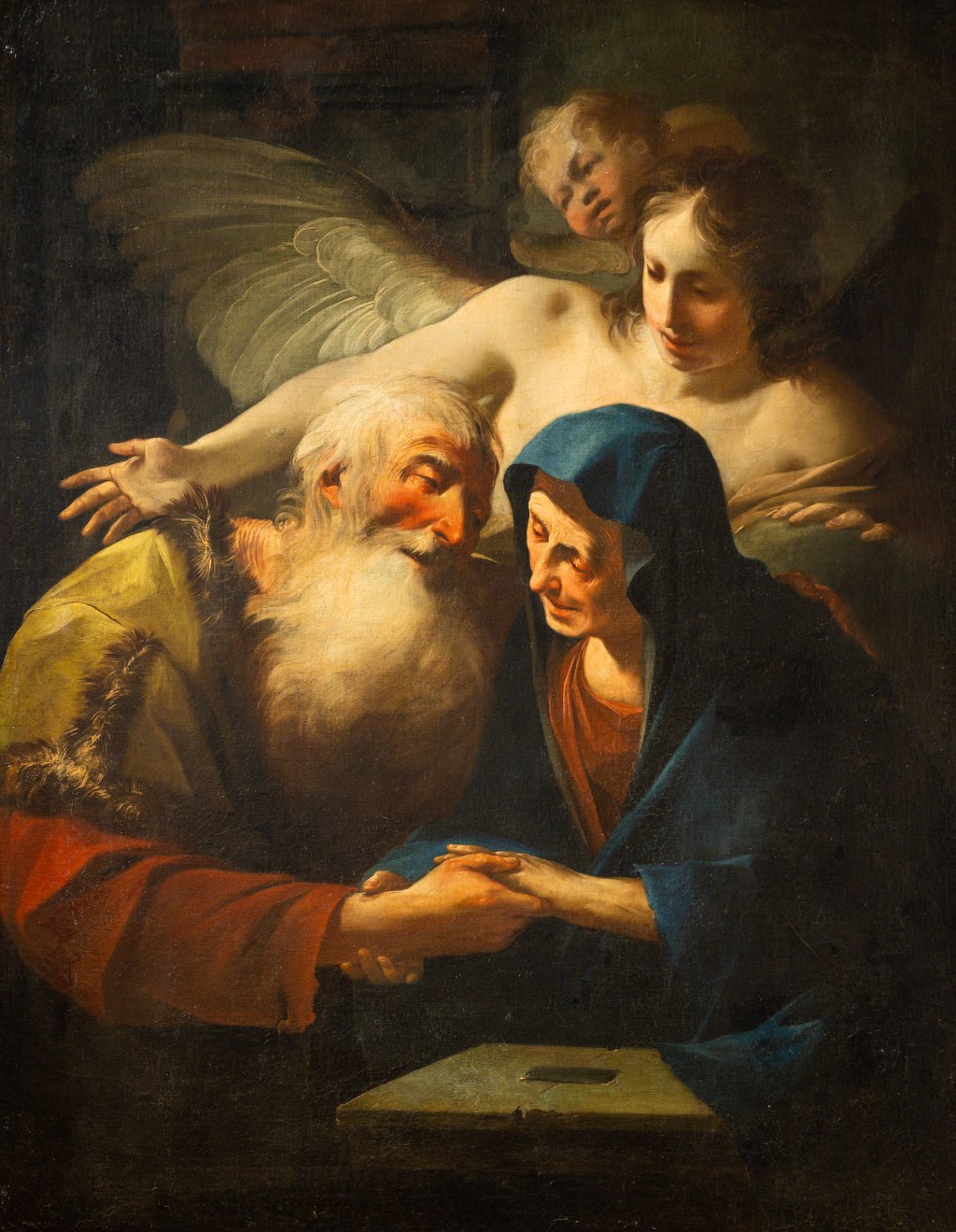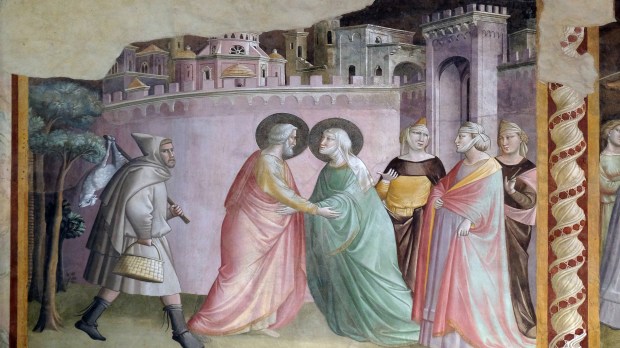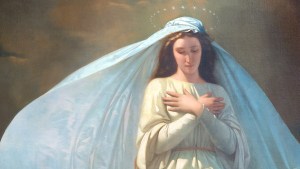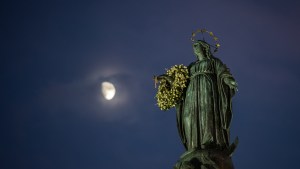Lenten Campaign 2025
This content is free of charge, as are all our articles.
Support us with a donation that is tax-deductible and enable us to continue to reach millions of readers.
Since Christian tradition recognizes St. Joachim and St. Anne as the parents of the Blessed Virgin Mary, their meeting at Jerusalem’s Golden Gate is considered a major moment in the history of salvation. Whereas the story of Joachim and Anne’s meeting is not mentioned in any of the canonical Gospels, it is found in apocryphal texts (particularly the Protoevangelium of James, but also Jacobus de Voragine’s Golden Legend and other popular accounts), so the narrative was well-known since the very early days of Christianity, and thus became part of Christian tradition – to the point of being the subject of many major works of art by some of the greatest Christian artists, Giotto and Dürer included.
According to the apocryphal narrative, Joachim and Anne were a pious couple who longed for a child. As it often happens with major biblical figures, they were childless for many years – which was considered as a sign of divine disfavor and led to some societal judgment and criticism. Joachim thus retreated to the mountains (some accounts say “the desert”) to fast and pray, seeking God’s favor. Similarly, Anne fervently prayed in her garden.
It is said that during their individual moments of devotion, an angelic presence appeared to each of them separately, informing them of the impending birth of a child who would be blessed and chosen by God. This divine revelation filled their hearts with gratitude, and they rushed to tell each other what had just happened – their encounter happening at the Golden Gate of Jerusalem.

The Golden Gate, also known as the Eastern Gate or the Gate of Mercy, is a significant entrance in the ancient city walls surrounding the Old City of Jerusalem that holds religious and historical importance in all Abrahamic traditions. In Judaism, the gate is associated with the belief that the Messiah will enter Jerusalem through this gate during the Messianic age – as in Jesus’ entry into Jerusalem on Palm Sunday.
It is only fitting that the entrance of Mary into the history of salvation would occur here.
The Golden Gate thus serves as a messianic backdrop for Anne and Joachim’s meeting, a moment of divine convergence, and a fulfillment of God’s promise. Tradition understands this scene as representing the Immaculate Conception of Mary, when she is conceived in Anne’s womb, and as the counterpart of the Annunciation showing the Incarnation of Jesus.
In fact, the Archangel Gabriel, always shown in Annunciation images, was sometimes depicted in visual representations of this meeting.
In some accounts, Joachim and Anne kiss at the gate. To some medieval readers and commentators, the kiss was a literal representation of the moment of Mary’s conception, while for others it was a symbolic representation. In other accounts, Joachim and Anne embrace instead. In any case, most of them understand Joachim and Anne as figuratively related to Abraham and Sarah – in an uninterrupted line leading from the first patriarch all the way to Joseph and Mary.



